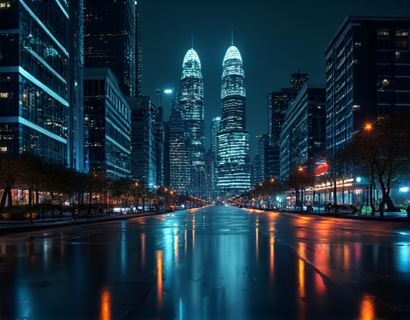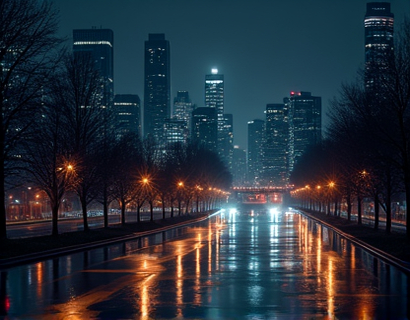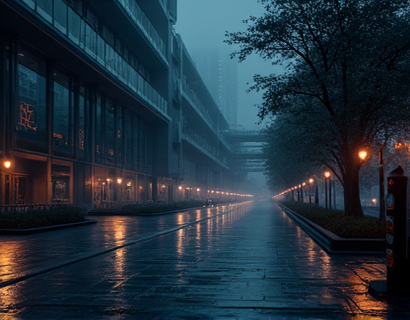Embarking on a Journey Through the Ancient Indus Valley: A Rich Tapestry of Culture, History, and Travel Insights
The Indus Valley, a cradle of one of the world's oldest civilizations, beckons curious explorers with its enigmatic allure. Spanning across present-day Pakistan and northwestern India, this ancient region offers a profound journey through time, where the echoes of a sophisticated culture still resonate. This comprehensive travel guide delves into the cultural heritage, historical landmarks, and practical travel tips, ensuring that history buffs and travel enthusiasts can fully immerse themselves in the timeless beauty and mystery of the Indus Valley.
Unveiling the Cultural Heritage
The Indus Valley Civilization, dating back to around 3300 BCE, is renowned for its advanced urban planning, sophisticated water management systems, and unique script that remains undeciphered. The cultural heritage of this region is a tapestry woven with threads of art, religion, and daily life. Visitors can explore the remnants of cities like Mohenjo-Daro and Harappa, which showcase the ingenuity and sophistication of the Indus people. The intricate pottery, jewelry, and seals found here provide a glimpse into the artistic and craft traditions of the time.
One of the most significant cultural aspects is the religion practiced by the Indus people. While their beliefs are not fully understood, the discovery of seals depicting a seated figure often referred to as the "Priest-King" suggests a form of worship centered around a central deity. The presence of numerous bathing structures, such as the Great Bath in Mohenjo-Daro, hints at ritual purity and the importance of water in their religious practices. Museums in the region, such as the National Museum in Karachi and the Archaeological Museum in Lahore, house an extensive collection of artifacts that offer deeper insights into the daily lives and spiritual beliefs of the Indus civilization.
Historical Landmarks to Visit
Mohenjo-Daro, one of the most excavated sites, is a must-visit for anyone interested in the Indus Valley Civilization. The city's well-planned streets, public baths, and granaries demonstrate the advanced urban design. The Great Bath, a central public bathing facility, is a testament to the civilization's emphasis on cleanliness and ritual. The sophisticated drainage system and standardized brick sizes used in construction highlight the engineering prowess of the Indus people.
Harappa, another key site, offers a similar experience. The site includes the Granary, a large storage structure, and the Citadel, which housed the administrative and religious centers. The Linear Pottery found here provides clues to the writing system, though it remains a mystery. The Ravi Phase artifacts at Harappa offer a glimpse into the early stages of the civilization.
Kalibangan, located in Rajasthan, India, is less known but equally fascinating. The site features a well-planned city with a citadel and a lower town. The most notable feature is the fire altars, which suggest religious significance. The discovery of a model of a wheeled vehicle indicates advanced technological knowledge.
Exploring Local Attractions
Beyond the major archaeological sites, the Indus Valley region offers a variety of local attractions that enrich the travel experience. The Cholistan Desert, straddling the Pakistan-India border, is a vast sandy expanse with a rich prehistoric past. Visitors can explore the ancient settlements and experience the nomadic lifestyle of the local tribes. The desert's natural beauty, with its dunes and wildlife, provides a stark contrast to the ancient urban centers.
The city of Lahore, with its blend of Mughal and British colonial architecture, offers a different facet of the region's history. The Lahore Fort and the Badshahi Mosque are iconic landmarks that showcase the Islamic heritage superimposed on the ancient Indus roots. The Shalimar Gardens, a UNESCO World Heritage Site, with its intricate fountains and terraced gardens, provide a serene escape and a sense of the region's horticultural traditions.
For those interested in local crafts, the towns of Multan and Sindh are renowned for their handloom textiles, pottery, and metalwork. Visiting local markets and workshops allows travelers to witness the continuation of ancient craft traditions and to purchase unique souvenirs.
Practical Travel Tips
Traveling to the Indus Valley requires some planning to ensure a smooth and enriching experience. Here are some essential tips for visitors:
- Best Time to Visit: The cooler months from October to March are ideal for exploring the archaeological sites, as the temperatures are more manageable.
- Transportation: Renting a car or joining a guided tour is recommended to navigate the region efficiently. Public transportation is available but may not be as reliable.
- Accommodation: From luxury hotels to budget guesthouses, options vary. Booking in advance, especially during peak travel seasons, is advisable.
- Cultural Sensitivity: Respect local customs and traditions, especially when visiting religious sites. Dress modestly and seek permission before taking photographs of people.
- Health and Safety: Ensure vaccinations are up to date, and carry necessary medications. Staying hydrated and using sunscreen are crucial due to the arid climate.
- Local Cuisine: Indulge in the regional cuisine, which includes dishes like biryani, kebabs, and various vegetarian options. Try local beverages like lassi and sharbat for a authentic taste.
For those interested in deeper cultural immersion, participating in local festivals and events can be a rewarding experience. The Sindh Festival in Hyderabad, for instance, celebrates the region's rich cultural heritage with music, dance, and traditional crafts. Such events provide a vibrant backdrop to understanding the living culture of the Indus Valley.
Conclusion
The Indus Valley is more than just a historical site; it is a living testament to human ingenuity and cultural richness. Whether you are a history enthusiast, an archaeology buff, or a curious traveler, the region offers a wealth of experiences that go beyond the surface. By delving into its cultural heritage, visiting historical landmarks, and exploring local attractions, you can uncover the timeless allure of the Indus Valley. With the right preparation and an open mind, your journey through this ancient land will be both enlightening and unforgettable.










































